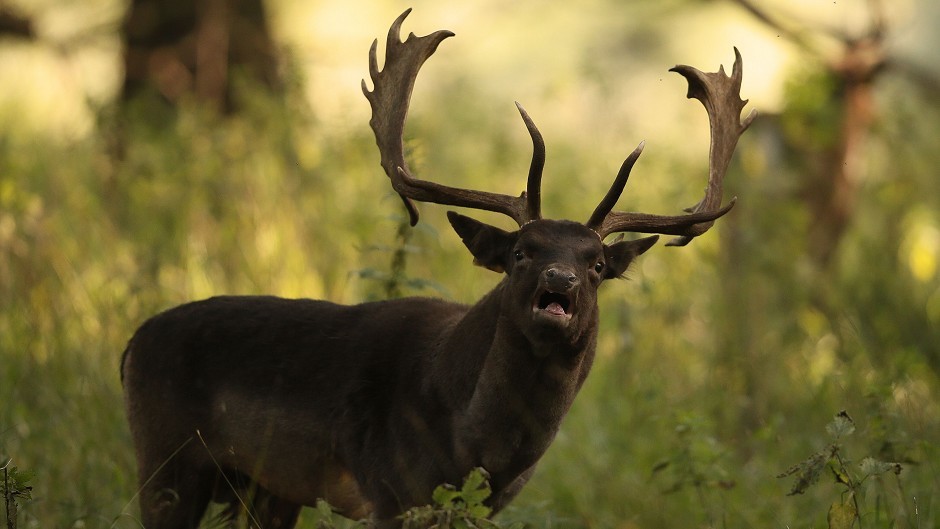Motorists in the north have been warned of the increased likelihood of colliding with deer as the clocks turn back this weekend.
Deer move to lower ground between October and December for food and shelter and the highest risk of a collision is between sunset and midnight.
The clocks go back an hour at 2am tomorrow and from Monday, nightfall will coincide with peak commuting times.
Scottish Natural Heritage (SNH) in conjunction with Transport Scotland and Traffic Scotland, will place warning messages on electronic signs by main north roads.
From Sunday evening to Monday, the signs will warn motorists at key locations on the A9, A87, A82, A85 and A835 roads.
Jamie Hammond, SNH deer management officer, said: “We advise motorists to slow down and watch for deer crossing roads. Be particularly alert if you’re driving near woods where deer can suddenly appear before you have time to brake. If you do hit a deer, report it to the police, as the deer may be fatally injured and suffering.”
There are more than 7,000 collisions between vechiles and deer each year in Scotland, with an average of 65 of these resulting in human injuries.
The combines economic value of these accidents, through human injuries and damage to vehicles, is £7million.
Dr Jochen Langbein, who oversees the Deer Vehicle Collisions Project, said: “Many people think most accidents with deer and vehicles occur on more remote Highland roads, but in Scotland up to 70% occur on A-class trunk roads or motorways.”
Other tips for motorists include:
Try not to suddenly swerve to avoid hitting a deer. A collision into oncoming traffic could be worse.
Only brake sharply and stop if there is no danger of being hit by following or oncoming traffic. Use your hazard warning lights.
Be aware that more deer may cross after the one or two you first see, as deer often travel in groups.
After dark, use full-beams when there is no oncoming traffic, as this will illuminate the eyes of deer on or near a roadway and give more reaction time. But dim your headlights when you see a deer on the road to avoid startling it.
Report any collisions with deer to the police and don’t approach an injured deer by yourself as it may be dangerous.










